Newar urban maintenance calendar

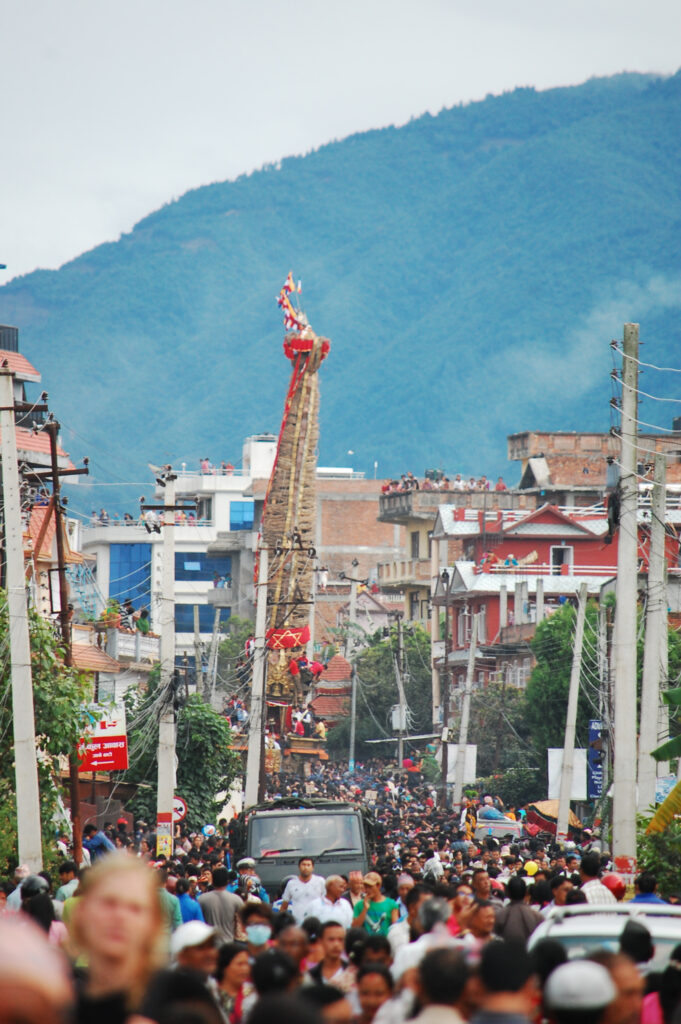
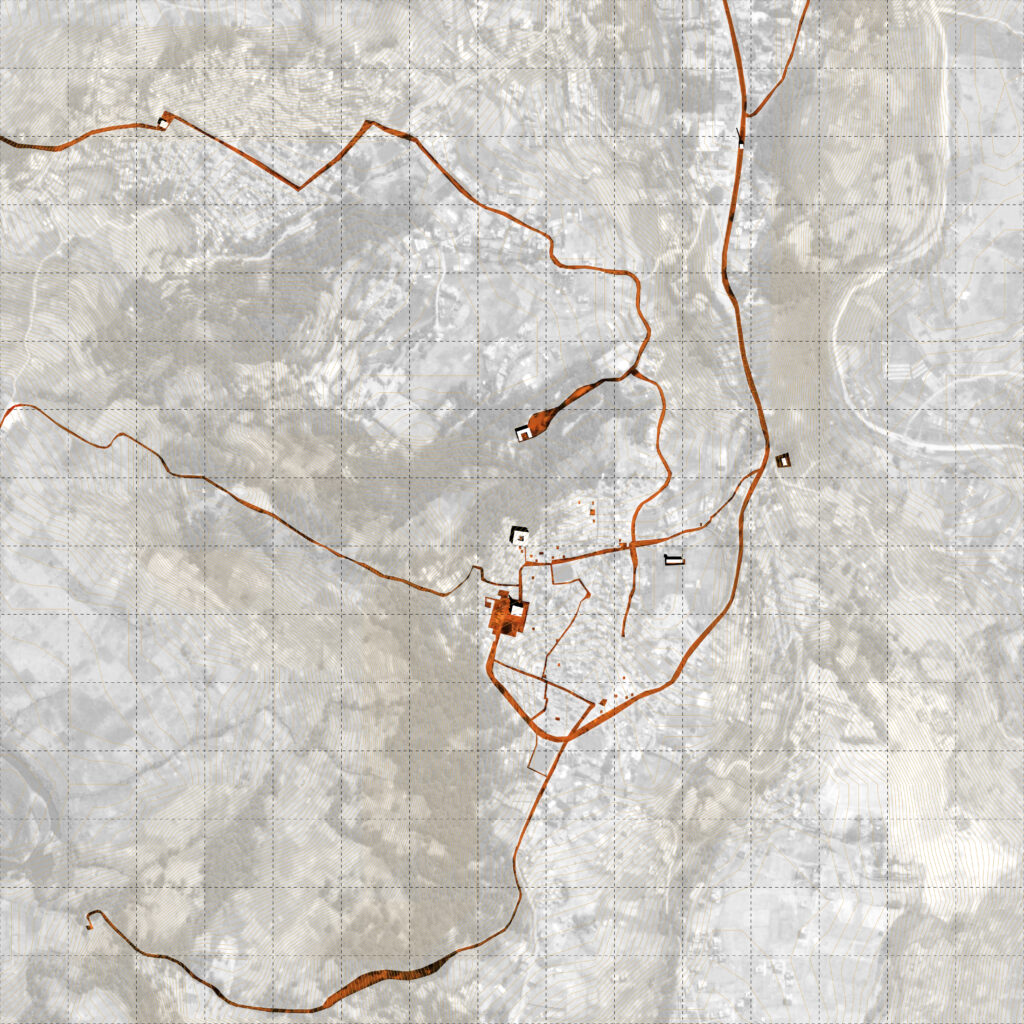
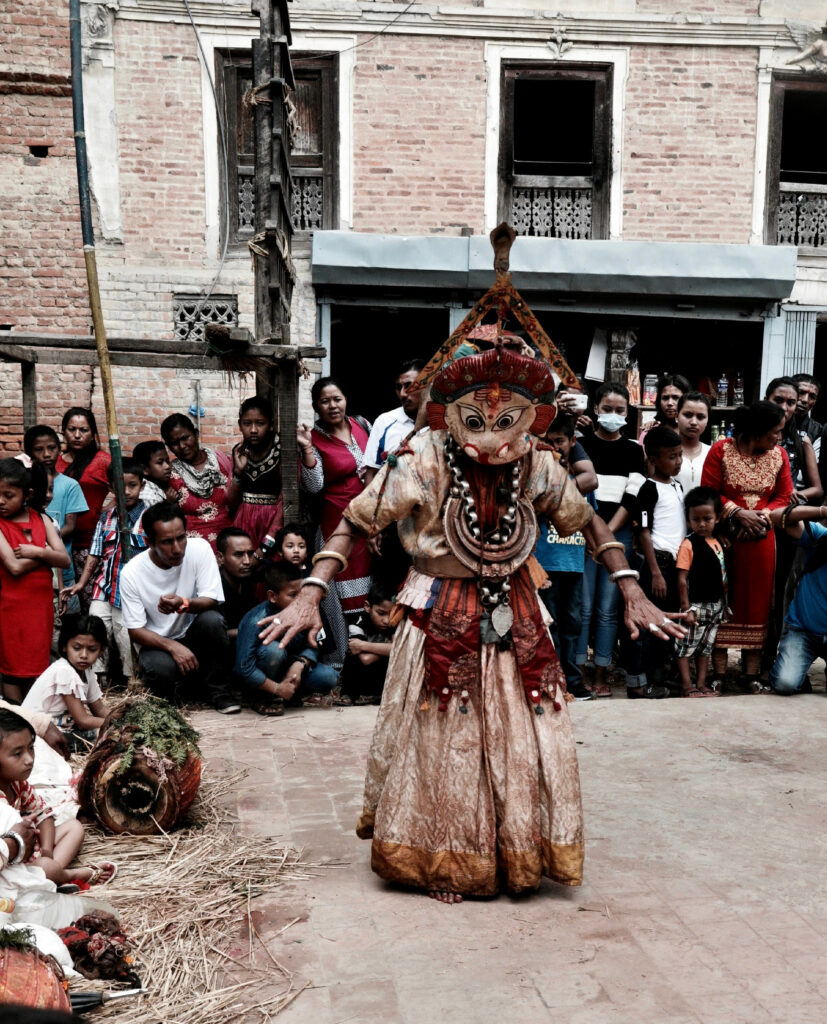
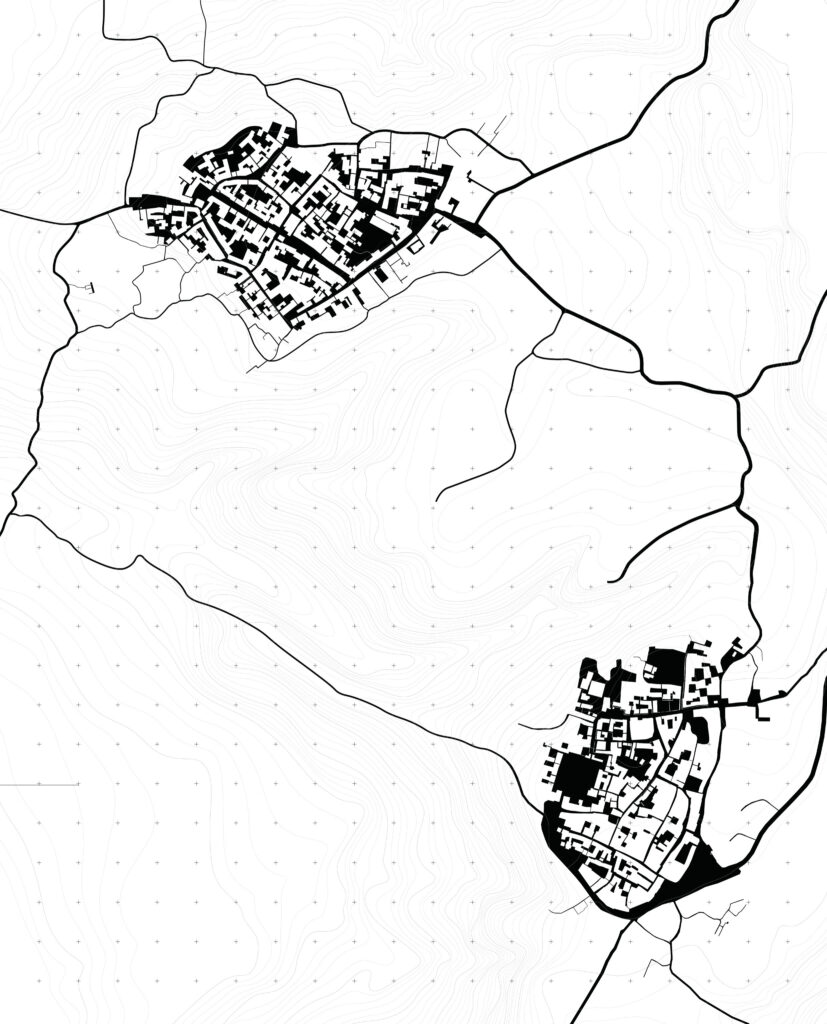
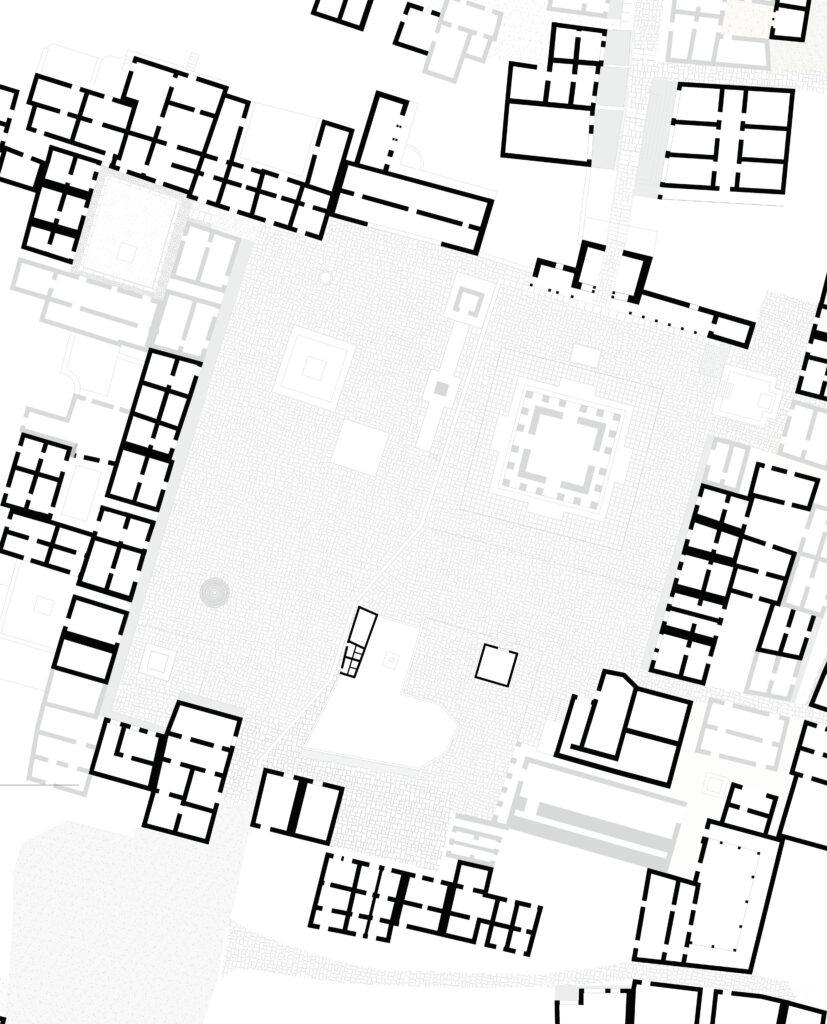
short note
Bungamati, Kathmandu, Nepal – 2018
Festivities and traditions are marked following the lunar and solar calendar used by the Newars in the Kathmandu Valley. It is believed that from October to July settlements are protected by the Navadurga Gods, and that, with their withdrawal at the start of the monsoon in July hazardous times await.
As a way of preparing for and coping with these hazardous times – related mainly to the monsoon and thus to heavy rainfall-, several festivities hold guidelines for the maintenance of the house, the settlement and the waternetwork, aiming both at guaranteeing good water management and a beneficial harvest as preventing the water to block, causing disease.
The famous jatras (processions) start at Bisket (new year) and soon after with the Macchendranath Rato – a procession with a totem piercing the clouds, welcoming the rain. The jatras goal is to unite for hazardous times by and to rehearse emergency procedures for both monsoon and earthquake: the jatra starts in the smallest streets and rolls all the way through the maze of courtyards in Bungamati, ending in the centre of Bhaktapur, passing each and every community. During these days the Guthi’s (community houses) serve as emergency hospital and festival kitchen at once.
After that several festivities follow, of which a few described below:
The first important festival is called Sithinakha (Gurung, 2000). This festival takes place in May, right before the monsoon. Before this jatra, people take all the weed of their roof and thoroughly clean all the water facilities. Even the buildings that are under construction are being cleaned.
In the beginning of August, Nag Panchami or “Serpent Day” takes place (Gurung, 2000). Serpents are the symbols of water, so it makes sense to hold this festival during the monsoon. During this festival, inhabitants polish the symbols of serpents wherever present: on doors, statues, or water resources. This is not the only time
cleaning is linked to serpents: when someone gets ill, Newari legends say this is a curse from a serpent, adding that, to lift the curse, the water resources need to be cleaned.
The third moment of maintenance also takes place in August, namely during a festival dedicated to the frogs, called “Byancha Janake”. This is a festival about the defeat of demons, so the cleaning is also linked to this theme. The inhabitants believe their house is occupied by an evil spirit that needs to be chased. The inhabitants open all
the windows and doors to ventilate the house, and burn a bundle of hay filled with thorny weeds and cow dung. The burning hay is then taken through every room, while dust from bricks or mortar from each room is added to the bundle. The people believe the ghost or spirit will be attracted by the burning bale, so they take it outside to a special area for ghosts, called chhwase. Each neighbourhood has its own chhwase as they form the intangible boundaries of the neighbourhoods.
Finally, before Dashain (in October) and Tihar (in November) the people clean and repaint their entire house. These festivals celebrate the end of the monsoon and the beginning of the harvest, so the entire family comes together and needs to be received in a beautiful house.
Guthi houses and public rest houses such as patis are cleaned before the Indra Jatra in September.
details
Research as part of PhD on Urban Disaster Resilience: FWO Aspirant at KULeuven, 2018
Studio Kathmandu volume 4 – thesis studio 2016 – “The Newari Vernacular Reviv/sed”